Being stuck on the sidelines can take a serious toll on an athlete’s mental health
By Matt Vocino
Photo by Christian Bender
It’s late November 2019 and Ryerson Rams senior goaltender Taylor Dupuis is on the ice with assistant coach Aaron Armstrong.
After a quick training session where Dupuis’ movements were tested by countless shots, he heads off the ice smiling ear to ear. It marked the first time Dupuis was able to go down and make a save without pain. While he wouldn’t return to game action until late January, things were starting to look up for Dupuis.
While most people think the biggest problem athletes face when injured is rehabbing their injury, for some individuals, the time spent off can lead to poor mental well-being and a sense of both internal and external pressure.
This, in turn, causes injured athletes to feel the need to return to competition early.
Past studies focused on Olympic and NFL athletes have demonstrated how much pressure there is on athletes to compete and win. An anonymous survey of NFL players conducted in 2014 by NFL Nation found that 85 per cent of the 320 players polled would play in the 2014 Super Bowl with a concussion.
The pressure to play through injuries isn’t only present at professional levels—it’s also experienced by university athletes.
Ryerson athletic therapist Jerome Camacho says this type of pressure from outside influencers is not as common as it used to be at the collegiate level.
According to Camacho, coaches and team management are supportive at the university level—something that Dupuis also echoes. “[Ryerson coaches] respect the call these days, understand that there are lots of liabilities, and so they know they have to give the player time.”
Earlier this year, Dupuis experienced this pressure.
In Ryerson’s homecoming game in late September against the Queen’s Gaels, the fourth-year netminder re-aggravated a groin and hip abductor injury that he had been dealing with since his Ontario Hockey League days—five years ago.
The contest against the Gaels should have been the first of many for the club’s most veteran goalie this season, a tune-up game of sorts for the player from New Liskeard, Ont. looking to lead the Rams to a successful 2019-20 campaign.
Instead, it would be Dupuis’ only competitive game for nearly four months.
After being diagnosed with the injury, Dupuis started his recovery with regular ultrasounds and daily visits with athletic therapists, including Camacho.
For Camacho, dealing with athletes like Dupuis is a part of his daily routine as Ryerson’s head athletic therapist. Since 2008, he has been working with student athletes to get them back to playing by providing care and coordinating their rehab and recovery plan, along with other members of the Integrated Support Team. The team, which is made up of athletic therapists, strength and conditioning trainers, coaches, academic advisors and counsellors, is responsible for taking care of any and every need an athlete may have.
Once an athlete is diagnosed with an injury, a rehab plan is developed based on protocols and insights from the medical staff, according to Camacho From that point on, it’s about helping an athlete reach recovery goals and communicating with members of the Integrated Support Team.
“We support the athletes no matter what, that’s the number one thing,” said Camacho.
In the case of Dupuis, the rehab process took longer than originally hoped, leading to a long and gruelling semester of waiting.
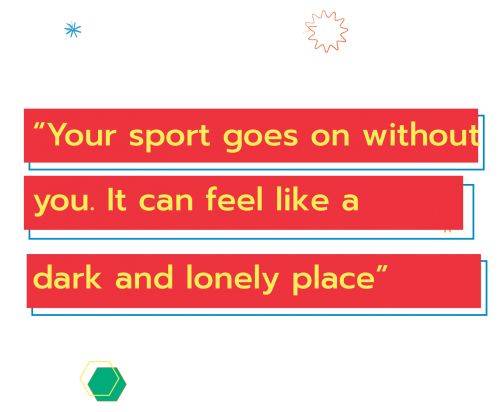
Despite the feeling that external pressures may not be as common or overt in university sports, there is no denying that some athletes who are out for the long term deal with damaging internal pressures that can impact their mental health.
Dupuis was one of these athletes. As his recovery process turned from weeks to months, his time spent away became more and more difficult.
“To be completely honest with you, the first half was probably the hardest three months of my sporting career.”
Heading into the season, Dupuis had big aspirations for his final season. He wanted to lead his team to a deep playoff run, become Ryerson’s all-time leader in wins and leave a mark on the program. Spending months not playing started to take a toll on him. Soon it forced him to change his outlook on life.
“Sports is such a unique thing because [they] let you get away and [have] that escapism. When you do it for 20 to 25 years, and in a split second it’s taken away from you, you don’t know how to react. You don’t know what to do because you’ve never had it taken away from you like that. It was such a big learning curve and growing curve,” said Dupuis.
“It’s made me a stronger person and a better person in the long run.”
For Dupuis, his own internal pressure made him ready to push his injury and risk it all in late November to get back on the ice for the final stretch of the first half of the season. He had a major “itch” to rejoin his team and play a role in their success. In the end, however, after speaking with Camacho, the rest of the medical staff and coaches, he decided not to play. He realized it was better to wait until he was 100 per cent better.
A
s part of the Integrated Support Team, Camacho is at the front lines working with athletes. He deals firsthand with athletes feeling internal pressure to return from injury.
Sometimes this internal pressure materializes as an athlete pushing themselves too hard and trying to power through rehab. Other times, it can force negative introspection onto one’s self—questioning what they can and can’t do, among other things.
While the former can be easier to recognize, it is also less common, according to Camacho, who says athletes understand their injury diagnosis better today and are more likely to follow their rehab plan. But these athletes still face mental health problems, and according to Camacho, it becomes evident during the rehab process as he builds relationships with the athletes.
“Each person is so unique in terms of their coping skills, and what challenges them,” said Camacho. Some guys deal with it better than others, some guys add more pressure than they need to.”
While Camacho tries to help athletes who are struggling, he realizes he isn’t capable of supporting and dealing with every athlete whose mental health is suffering. When this becomes apparent, injured athletes are referred to counsellor Colleen Amato.
As a member of the Integrated Support Team, Amato is responsible for supporting Ryerson athletes, coaches and recruits throughout the year. Amato also runs an injured athlete support group, a substance support group with a former athlete and an eating disorder support group for all of campus.
“Injury involves a lot of physicality and rehabilitation but the mental aspect is equally as important,” she says. “It is a loss and therefore athletes can potentially expect to go through stages of grief.”
In Amato’s experience, concussions are an injury that usually involves a more serious emotional journey, as they have been linked to depression and anxiety. Research from 2015 suggests that 12 to 44 per cent of individuals will experience some degree of depression within three months after a traumatic brain injury.
Despite this, all injuries can lead to depression or anxiety, not just concussions. With this in mind, Amato and coaches constantly look for signs of depression and anxiety from all their injured athletes. Athletes are immediately connected with her after their injury to ensure that they are getting the support they need.
According to Amato, concussions are particularly challenging because they are an invisible injury, are isolating and cause a sense of grief.
This is echoed by Nicole Forrester, an Olympian, a PhD holder in sports psychology and current professor in the RTA School of Media. “Your sport goes on without you,” said Forrester. “It can feel like a dark and lonely place.”
Amato says it’s common for her to deal with injured athletes struggling with anxiety about losing their place on the team or not being able to return to their pre-injury level.
When Amato is faced with an athlete who is struggling, she works with the athlete by first encouraging resilience, helping them see the time away as just a hurdle, assisting the player in unpacking their negative thoughts and making the thoughts more realistic.
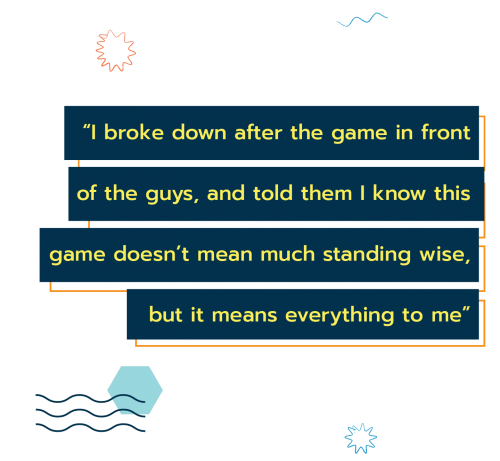
Additionally, she helps athletes focus on what they can control. Through this process, Amato hopes to “reframe” the way injured athletes look at their injury—turning it from something crappy to an opportunity—to help them overcome their internal pressures and improve mentally.
On Feb. 7, months after his long recovery began, Dupuis recorded his first and only win of his senior season. It was his last game between the pipes as a Ram. Although it was the Rams’ last game of the regular season, for Dupuis, it meant so much. “I broke down after the game in front of the guys, and told them I know this game doesn’t mean much standing wise, but it means everything to me.”
Looking back on this season, Dupuis says he was able to stay positive by staying connected to his teammates by attending home games and workouts, the odd road trip, visiting with his family and speaking with a chaplain.
“Whenever you miss any time, whether it be for injury or illness, the most important thing, it’s not a secret at this point, but the most important thing is your mental health and mental stability,” said Dupuis.
“The consciousness of knowing you have that support on your dark days makes you appreciate everything else.”


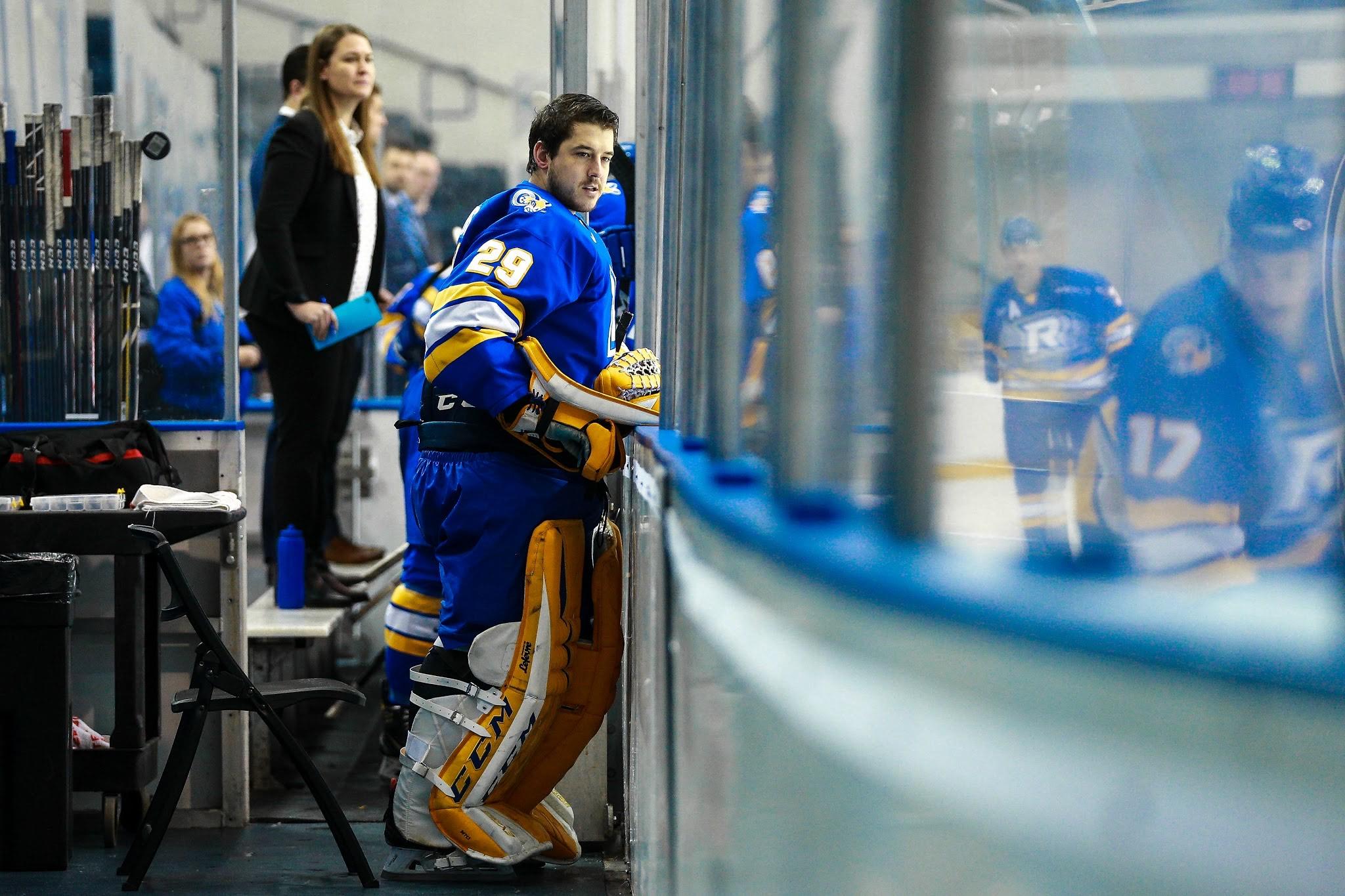




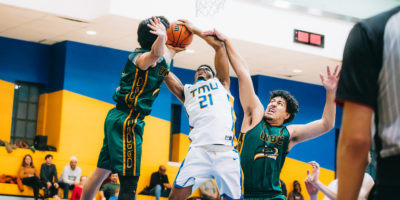
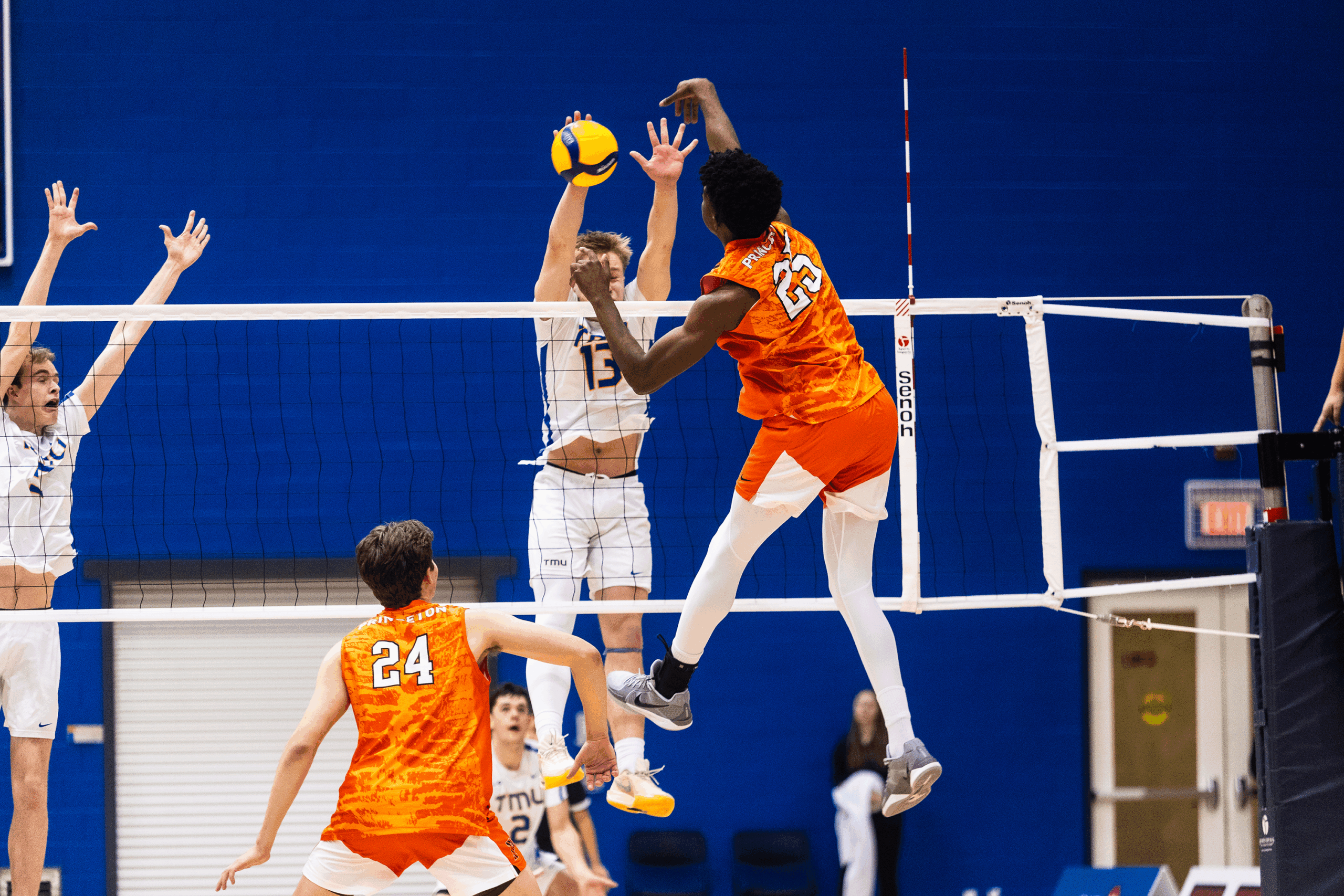



Linda Hawco
Excellent article Matt !! Your work and details of your story is so complete and carries the reader straight through to the end with a detailed picture . Congratulations!!!
CBD Store
Man i think i speak for all Athletes from various levels when i say we appreciate you shedding light on this topic. Its definitely a dark side to the game that isn’t talked about. Were athletes, we have warrior spirits. we can take fractures, bumps, and bruises, but being unable to play is a different kind of pain. Not only that but like you said the pressure to win and carry the team, not just from everyone else, but ourselves can be pretty intense and most of the time, we put ourselves at risk for the sport. some may say its naïve but its all we know.